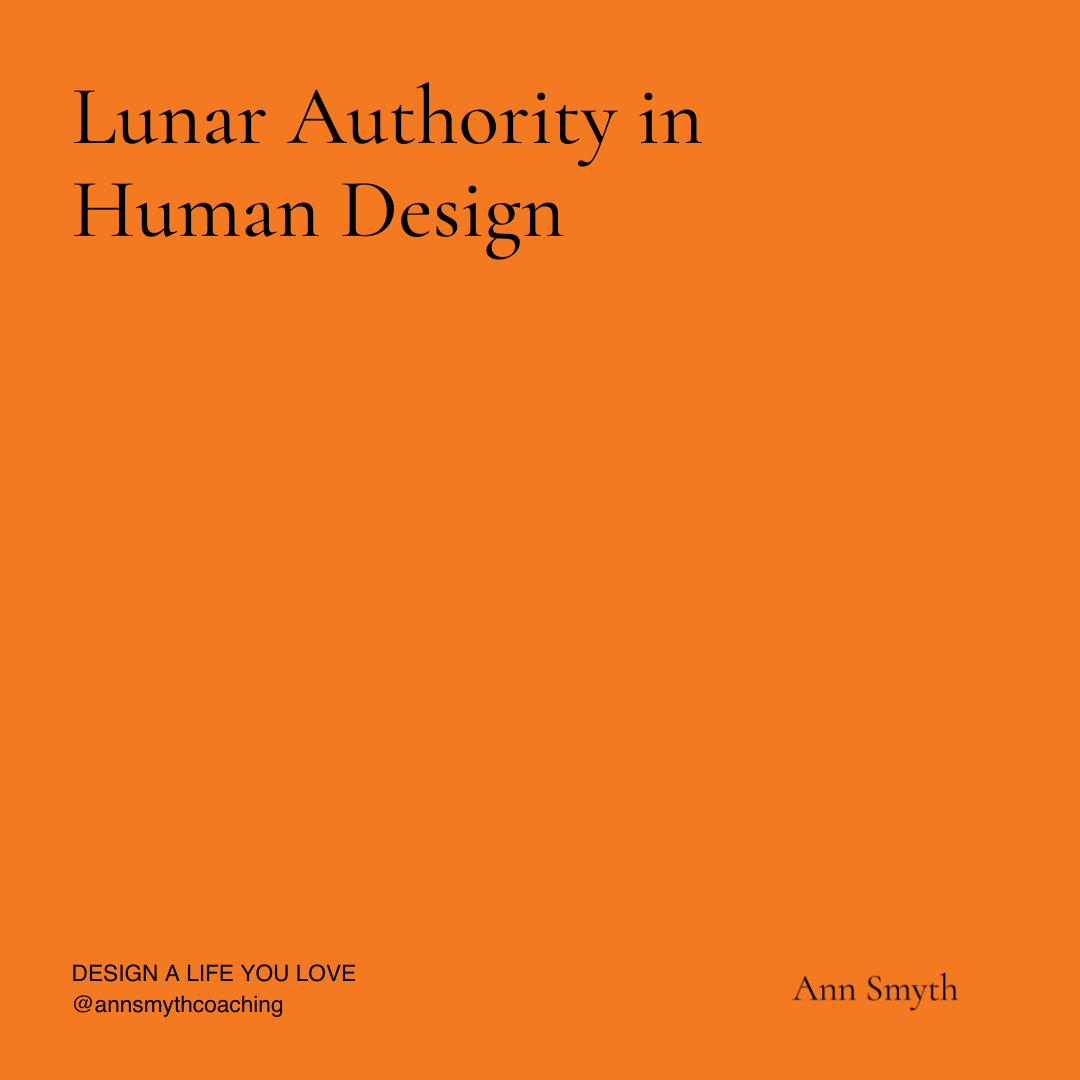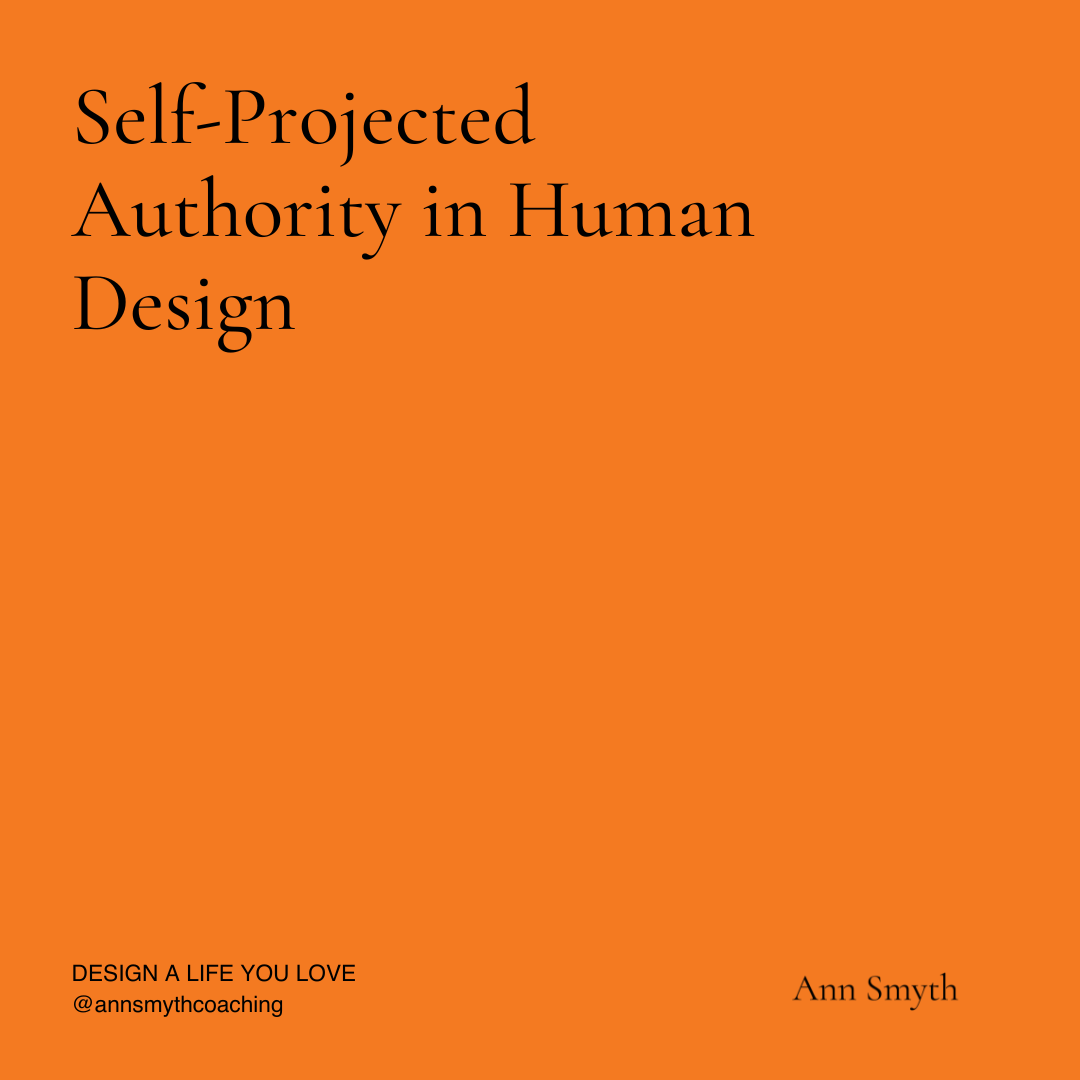Navigating the Depths of Grief: A Personal Reflection on Loss and Healing
“What we have once enjoyed, we can never lose. All that we love deeply becomes a part of us.”
Grief is a complex, multifaceted journey that touches every aspect of our being. It can be overwhelming, painful, and at times, isolating. My journey with grief began three months ago following the sudden death of my mother-in-law. Her passing came as a shock to us, despite knowing she was ill. This incredible woman, full of life and energy, hid the extent of her illness so well that even as she turned 80, we did not fully grasp how close she was to leaving us.
The unexpectedness of her death hit my husband particularly hard. As an only child, the bond he shared with his mother was profound and unique. Watching him navigate his grief has been heartbreaking. My role has been to hold space for him, to witness and validate his pain and emotions. Despite his 46 years, there is a part of him that is a little boy missing his mum.
The Stages of Grief
Understanding the stages of grief can provide a framework for navigating this tumultuous process. Traditionally, grief is described in five stages:
Denial: This initial stage involves disbelief and shock. It’s a defence mechanism that buffers the immediate impact of the loss.
Anger: As reality sets in, it’s common to feel intense anger. This emotion can be directed at oneself, others, or even the deceased.
Bargaining: In this stage, one may dwell on “what if” scenarios, hoping to reverse or lessen the loss.
Depression: Deep sadness and regret characterize this stage. It’s a period of reflection on the magnitude of the loss.
Acceptance: Finally, there’s a sense of acceptance and coming to terms with the new reality. It doesn’t mean the pain is gone, but it becomes manageable.
While these stages provide a general outline, grief is not a linear process. Individuals may move back and forth between stages, and each person’s journey is unique.
The Role of Presence and Essence in Grief
As someone who works in personal development, spiritual growth, and coaching, I have been reflecting deeply on grief and how it intertwines with our energetic essence and Human Design. In my work, I help clients embody their true selves and express their innate gifts. This process involves creating safety in the nervous system and allowing one's aura to speak for itself, attracting the right people and circumstances into their lives.
This reflection has led me to consider how grief plays out energetically. Living across the Atlantic from my in-laws meant that missing them was a constant feature of our lives. However, the feelings of missing her while she was alive pale in comparison to the emptiness felt after her passing. This difference lies in the absence of her essence and aura—the magic of her presence, her love, her wisdom, and her kindness. When her soul left this earth, it took with it all the intangible qualities that made her who she was.
Transiting from Receiving to Giving
While my husband’s mother was here on earth he was primarily in a state of receiving her essence while she was alive. Her presence, even from afar, had always been a source of comfort, guidance, and love. But as he has navigated through his grief, I have witnessed a remarkable transformation. He has moved from a passive state of receiving to an active state of giving her essence.
Without realising it, he has begun to embody the qualities that define his mother and share them with the world. Through his actions and interactions, he is making the world a more compassionate and kind place. His decision to exercise, to stay in touch with friends, and to live energetically, are not just ways to cope—they are ways to honor his mother's memory by actively living her values.
This transition from receiving to giving is a powerful testament to her legacy. While she was alive, her essence provided warmth and love. In her absence, my husband has taken on the role of spreading that same warmth and love, thereby keeping her spirit alive in a new and profound way.
Coping with Grief: Strategies and Reflections
While I do not claim to have all the answers, I believe certain strategies can help in coping with grief. By consciously embodying the qualities of our loved ones, we can fill the void they leave behind. Here are some strategies that have been helpful in our journey:
Creating Rituals: Rituals can provide a sense of continuity and connection with the deceased. Lighting a candle, visiting a special place, or even engaging in activities they love can bring comfort.
Expressing Emotions: Allowing oneself to feel and express emotions is crucial. Journaling, talking with a trusted friend, or seeking professional counselling can facilitate this process.
Physical Activity: Engaging in physical activity can help process grief. Exercise releases endorphins, which can improve mood and provide a reprieve from emotional pain.
Connecting with Others: Grief can feel isolating, but connecting with others can be healing. Sharing memories and stories about the deceased can keep their essence alive.
Self-Care: Taking care of oneself is vital. This includes proper nutrition, rest, and engaging in activities that bring joy and relaxation.
Spiritual Practices: Engaging in spiritual practices can provide comfort and a sense of connection to something larger than oneself. Meditation, prayer, or other forms of spiritual expression can be grounding.
The Transformative Power of Grief
This experience has reinforced my belief that our purpose on earth is to fully express our innate gifts and wisdom. In doing so, we not only enrich our own lives but also leave a lasting impact on those around us. When we express our true essence, we create a legacy that continues to give long after we are gone.
By consciously embodying the qualities of our loved ones, we fill the void they leave behind. This process is not about forgetting or moving on but about integrating their essence into our lives in a new way. My husband’s journey through grief is a testament to this. By living in a way that honours his mother’s memory, he is gradually filling the emptiness with her light and essence, experiencing her presence in a different form.
Conclusion: Embracing Your Essence
As you consider your journey with grief or indeed embodying your essence more fully, recognise how much being the fullest expression of your magic and essence is not only giving to you but also the world around you, long after you are even aware of. By embracing and expressing your unique gifts and qualities, you contribute to a legacy of compassion, kindness, and love that impacts others in profound ways.
In sharing this reflection, I hope to offer comfort and insight to those navigating their grief. Our job is to be the fullness of who we are, to express our brilliance, and to fill the voids for others. By doing so, we create a lasting presence that continues to shine, even when we are no longer physically here.
Grief is a testament to the depth of our love and connection. It is a journey that transforms us, reshaping our understanding of life and death. Through this journey, we find that the essence of our loved ones lives on, woven into the fabric of our lives, guiding us as we continue to navigate the world without them. My husband’s transition from receiving his mother’s essence to actively giving it is a beautiful tribute to her memory. In his actions, he is not only keeping her spirit alive but also making the world a kinder, more compassionate place. This is the ultimate gift he can offer in her honour, and it exemplifies the profound impact of truly living the essence of those we love.
Recommended reading:
Here are some book recommendations that explore the themes of grief, loss, and personal transformation:
"On Grief and Grieving: Finding the Meaning of Grief Through the Five Stages of Loss" by Elisabeth Kübler-Ross and David Kessler. This book delves into the five stages of grief and provides a comprehensive understanding of the grieving process.
"The Year of Magical Thinking" by Joan Didion. A poignant memoir that chronicles Didion’s experiences after the sudden death of her husband, exploring the nature of grief and mourning.
"When Breath Becomes Air" by Paul Kalanithi. A moving memoir by a neurosurgeon who faces terminal cancer, reflecting on life, death, and what makes life worth living.
"Option B: Facing Adversity, Building Resilience, and Finding Joy" by Sheryl Sandberg and Adam Grant. After the sudden death of her husband, Sheryl Sandberg teams up with psychologist Adam Grant to explore ways to build resilience and find joy after loss.
"Grief Works: Stories of Life, Death, and Surviving" by Julia Samuel. This book provides real-life case studies and insights from a grief psychotherapist, offering guidance and support for those dealing with loss.
"It's OK That You're Not OK: Meeting Grief and Loss in a Culture That Doesn't Understand" by Megan Devine. Megan Devine, a psychotherapist who experienced the sudden death of her partner, provides compassionate advice on how to handle grief in a society that often misunderstands it.
"The Wild Edge of Sorrow: Rituals of Renewal and the Sacred Work of Grief" by Francis Weller. This book combines personal narrative, mythology, and indigenous wisdom to explore the depths of grief and the healing power of rituals.
"Healing After Loss: Daily Meditations for Working Through Grief" by Martha Whitmore Hickman. A collection of daily meditations that provide comfort and inspiration for those navigating the grieving process.
THIS POST CONTAINS AFFILIATE LINKS



